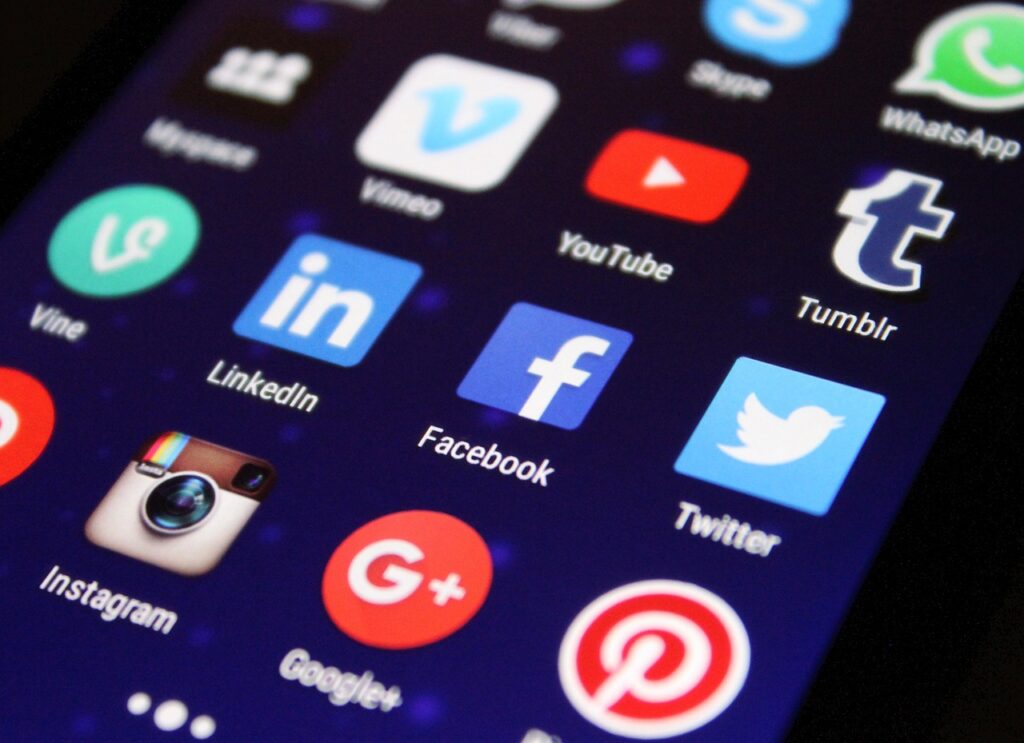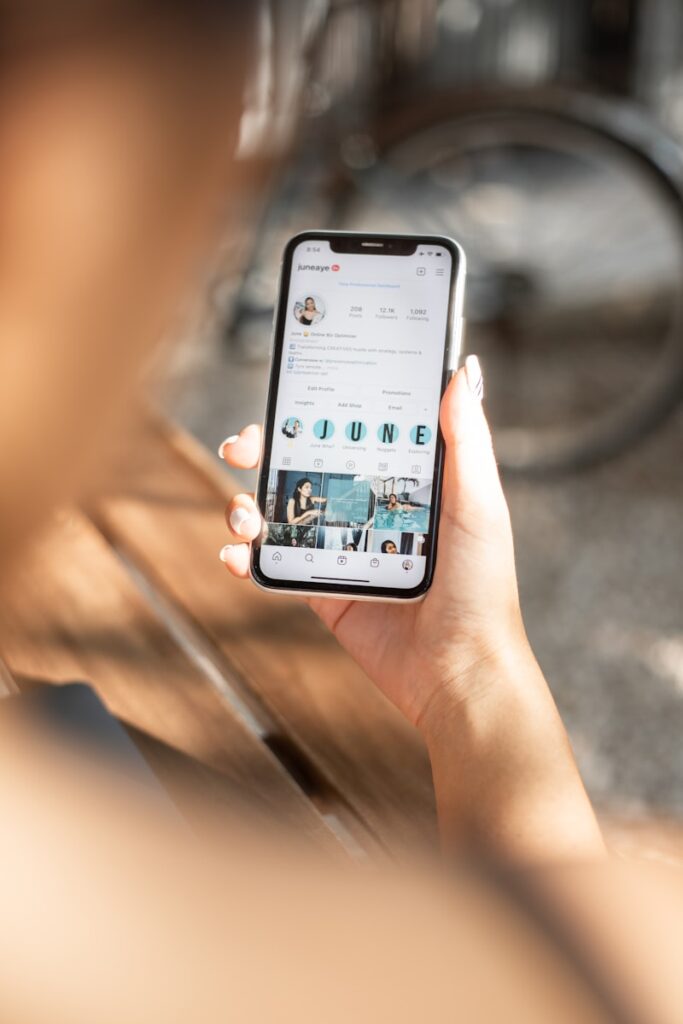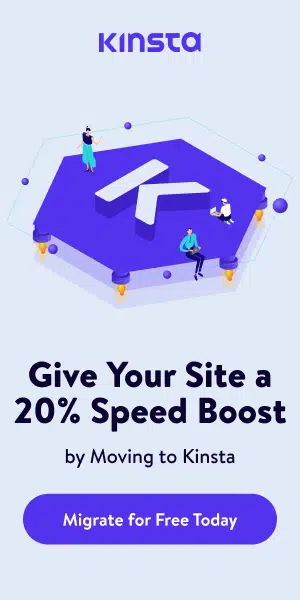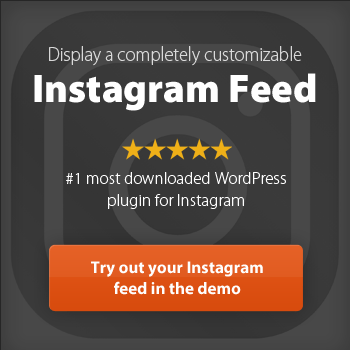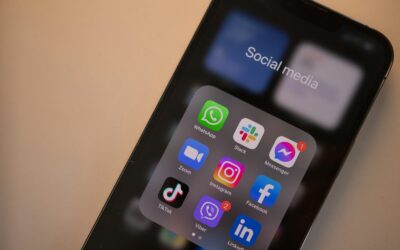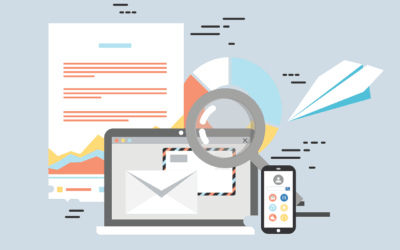Are you wanting to learn the best time to post on social media?
Ever feel like your social media posts are disappearing into the digital void? You pour hours into creating compelling content, only to watch it generate a handful of likes and minimal engagement. The frustrating truth is that even the most brilliant post can fall flat if it’s published at the wrong time.
Timing your social media posts correctly can be the difference between content that soars and content that sinks. While quality content remains king, strategic posting times can amplify your reach, boost engagement rates, and help you connect with your target audience when they’re most active and receptive. The type and quality of your post content, when combined with optimal timing, deliver added value to your audience and significantly increase engagement.
This comprehensive guide reveals the data-backed strategies for optimal posting times across Facebook, Instagram, and LinkedIn. We’ll explore platform-specific best practices, proven content strategies, and actionable tools to help you discover your audience’s unique behavior patterns. By the end, you’ll have a clear roadmap for maximizing your social media success through strategic timing.
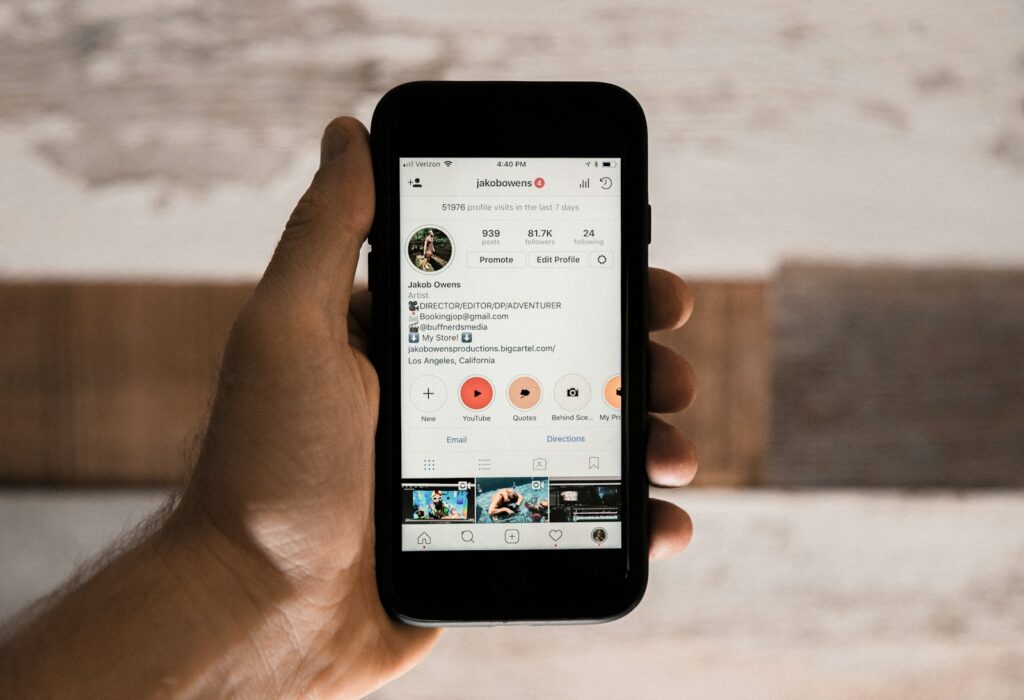
Photo by Jakob Owens on Unsplash
Understanding Social Media Algorithms
Social media algorithms determine which content appears in users’ feeds, making timing a critical factor in your content’s visibility. These complex systems evaluate numerous signals to decide whether your post deserves prime real estate in someone’s timeline.
Algorithms prioritize three key factors: relevance, timing, and engagement. Relevance measures how well your content matches user interests and past behavior. Timing examines when you publish relative to your audience’s activity patterns. Engagement tracks how quickly users interact with your post after publication. High content quality and monitoring engagement metrics can help ensure your content resonates with your audience and is favored by algorithms.
Looking for an experienced Wordpress Development company?
The timing component works like this: when you post during peak audience activity, your content has a higher chance of receiving immediate engagement. This early engagement signals to the algorithm that your content is valuable, increasing its distribution to a wider audience. Conversely, posting when your audience is offline means fewer initial interactions, potentially limiting your post’s reach.
Each platform weighs these factors differently. Facebook’s algorithm favors posts that spark meaningful conversations. Instagram prioritizes recent content and considers your relationship with followers. LinkedIn focuses on professional relevance and industry engagement patterns.
Understanding these algorithmic preferences helps explain why posting at optimal times matters so much for social media success. Your content competes with millions of other posts for attention, and timing gives you a competitive edge in this crowded digital landscape.
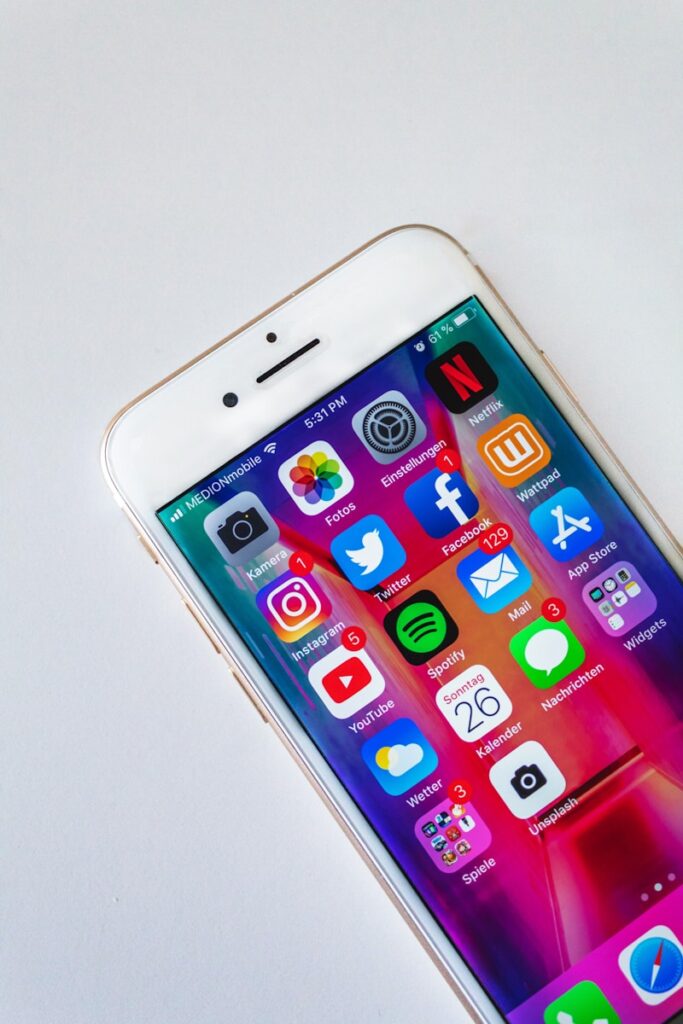
Photo by Sara Kurfeß on Unsplash
General Best Times to Post
Research across multiple studies reveals consistent patterns in social media engagement, providing valuable baseline recommendations for when to post on social media platforms.
Facebook sees peak engagement between 1-3 PM on weekdays, particularly Tuesday through Thursday. Users often check Facebook during lunch breaks and afternoon downtime, making these hours prime for maximum visibility. Weekday mornings, especially Tuesday through Friday, are also strong windows for engagement as users check in before starting their work day. Weekend engagement tends to be lower for business content, though lifestyle brands may see different patterns.
Instagram performs best during 11 AM-1 PM on weekdays, with strong weekend performance from 10 AM-2 PM. The platform’s visual nature aligns well with users’ desire for inspiration and entertainment during midday breaks. Early morning posts often capture commuters scrolling through feeds, while evening posts reach users unwinding after work. Early afternoons are another peak period for engagement across most platforms.
LinkedIn shows optimal engagement from 10 AM-12 PM, Tuesday through Thursday. As a professional networking platform, LinkedIn activity follows business hours closely. The work week structure influences when professionals are most active on the platform. Professionals typically check the platform before diving into their workday or during late morning breaks when they’re seeking industry insights.
These general timeframes work because they align with common human behavior patterns. Lunchtime browsing, afternoon energy dips, and pre-work preparation all create natural opportunities for social media consumption. However, remember these are starting points—your specific audience may have different habits based on demographics, time zones, and industry characteristics.
The key is understanding why these times work: they coincide with moments when people naturally turn to social media for connection, information, or entertainment. This behavioral insight helps you think strategically about when your audience is most receptive to your message.
Platform-Specific Optimal Times
Facebook thrives during traditional work breaks, with Tuesday through Thursday emerging as the strongest days for engagement. The 1-3 PM window consistently outperforms other time slots because it captures the lunch hour browsing surge plus the post-lunch energy dip when people seek distraction. Choosing the correct time slot for your posting time can significantly impact how many users see and interact with your content.
Morning posts (6-9 AM) can work well for time-sensitive content or news updates, catching users during their commute or morning routine. Content posted during these hours can help businesses connect with their audience when they're most receptive. However, avoid posting during the 3-5 PM timeframe when people are typically focused on wrapping up their workday.
Weekend engagement varies significantly by industry. B2B companies often see dramatic drops in weekend performance, while consumer brands, especially those in lifestyle, food, or entertainment, may find solid engagement on Saturday and Sunday mornings.
Consider your content type when timing Facebook posts. Educational content performs well during mid-morning hours when people are mentally fresh. Entertaining or emotional content succeeds during afternoon energy dips. Breaking news or timely updates should go live immediately, regardless of optimal posting time.
Instagram’s visual-first platform creates unique timing opportunities. The 11 AM-1 PM weekday sweet spot captures users during lunch breaks when they’re seeking visual inspiration or entertainment. Scheduling Instagram posts during these times can maximize engagement and help your content reach a wider audience.
Weekend posting on Instagram deserves special attention. Saturday and Sunday mornings (10 AM-2 PM) often yield excellent results as users have more leisure time to engage with content. This makes Instagram particularly friendly for lifestyle brands, travel companies, and consumer products.
The platform also shows strong performance during evening hours (7-9 PM) when users are relaxing and have time to engage more meaningfully with posts. Early evening and early evenings are also strong periods for B2C brands to reach their audience, as consumers are often active after work hours, especially on weekends or during leisure time. This evening window works especially well for behind-the-scenes content, user-generated content features, and community engagement.
When considering content types, sharing high quality content is essential to stand out and attract engagement on Instagram.
Instagram Stories follow slightly different patterns, performing well throughout the day but particularly during commute times (7-9 AM and 5-7 PM) when users are passively consuming content.
LinkedIn’s professional focus creates the most predictable posting patterns. The platform essentially follows business hours, with 10 AM-12 PM representing the peak engagement window when professionals are starting their day and seeking industry insights. Many brands rely on LinkedIn for industry networking, and it makes sense to post regularly to maximize follower growth and engagement.
Tuesday, Wednesday, and Thursday consistently outperform Monday and Friday. Mondays often see lower engagement as people catch up from the weekend, while Fridays bring decreased activity as the workweek winds down.
Early morning posts (6-8 AM) can capture the before-work crowd, particularly if your content helps professionals prepare for their day. However, avoid posting after 5 PM or on weekends unless your audience spans multiple time zones or includes international connections.
LinkedIn company pages benefit from consistent weekday posting, while individual professional accounts can experiment with thought leadership content during peak business hours. LinkedIn pages are essential for business branding and content sharing, as an active and well-maintained page can significantly boost engagement and follower growth. Industry-specific content often performs best when it aligns with relevant business cycles or news events.
X (Formerly Twitter) and Other Microblogging Platforms
Twitter and other microblogging platforms are unique social media platforms that thrive on real-time conversations and rapid information sharing. The best time to post on Twitter is typically between 12 pm and 3 pm, when user activity peaks and your posts are most likely to attract attention. However, to truly maximize engagement, it’s essential to consider your target audience’s time zone and adjust your posting schedule accordingly. For example, if your primary audience is on the East Coast, scheduling your posts to coincide with their lunch break can help you reach them when they’re most active.
On Twitter, using relevant hashtags and tagging influential accounts can significantly boost the visibility of your posts, helping you connect with a wider audience. Other microblogging platforms, such as Tumblr and Mastodon, also experience similar peak hours, but audience behavior can vary. To determine the optimal posting times for your brand, analyze your audience’s activity patterns and experiment with different time slots. By aligning your posting times with when your audience is most engaged, you can ensure your content stands out in the fast-paced world of microblogging.
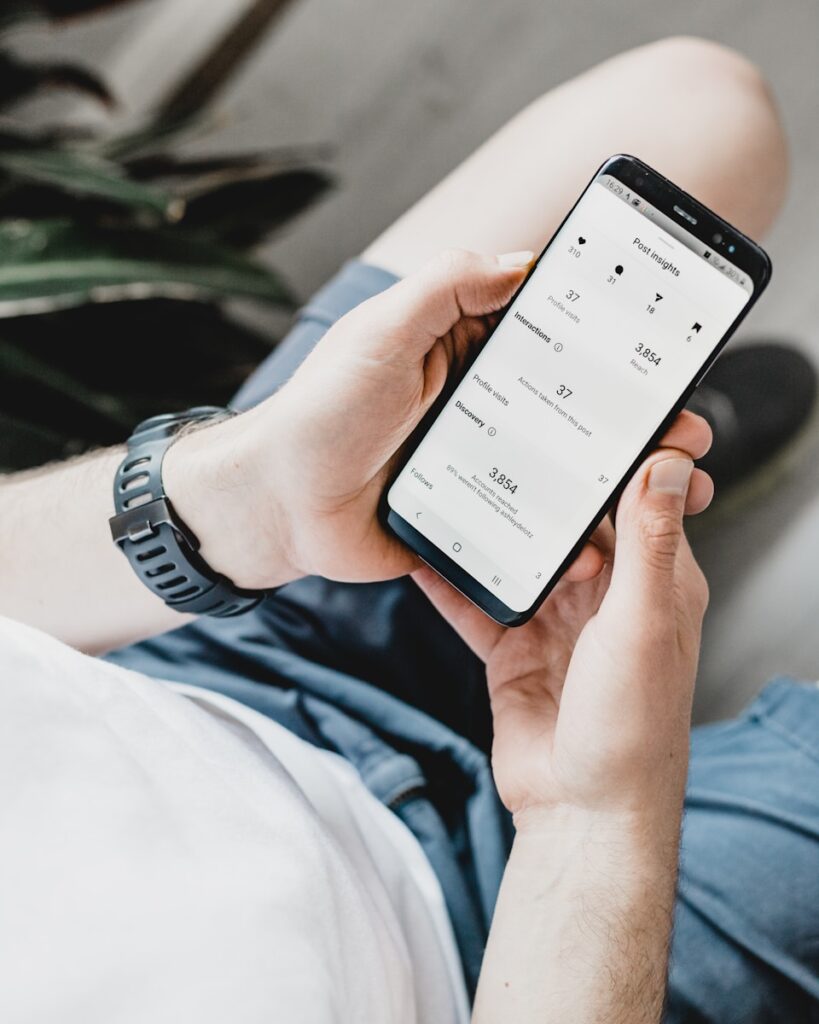
Photo by Georgia de Lotz on Unsplash
Analyzing Audience and Competitors
To truly master the best times to post on social media, it’s crucial to understand both your audience and your competitors. Start by diving into your audience’s demographics, interests, and online behaviors using tools like Facebook Analytics or Twitter Insights. These platforms provide detailed data on when your followers are most active, helping you identify peak times for engagement and refine your posting schedule for maximum impact.
In addition to analyzing your own audience, keep a close eye on your competitors’ social media strategies. Monitor when they post on social, what types of content generate the most engagement, and how their audience responds. By tracking their posting times and engagement rates, you can spot patterns, identify gaps in their approach, and uncover opportunities to differentiate your brand. This competitive analysis not only helps you avoid crowded time slots but also inspires new ideas for your own content and posting strategy. By combining audience insights with competitor research, you’ll be well-equipped to post on social media at the best times for your industry and audience.
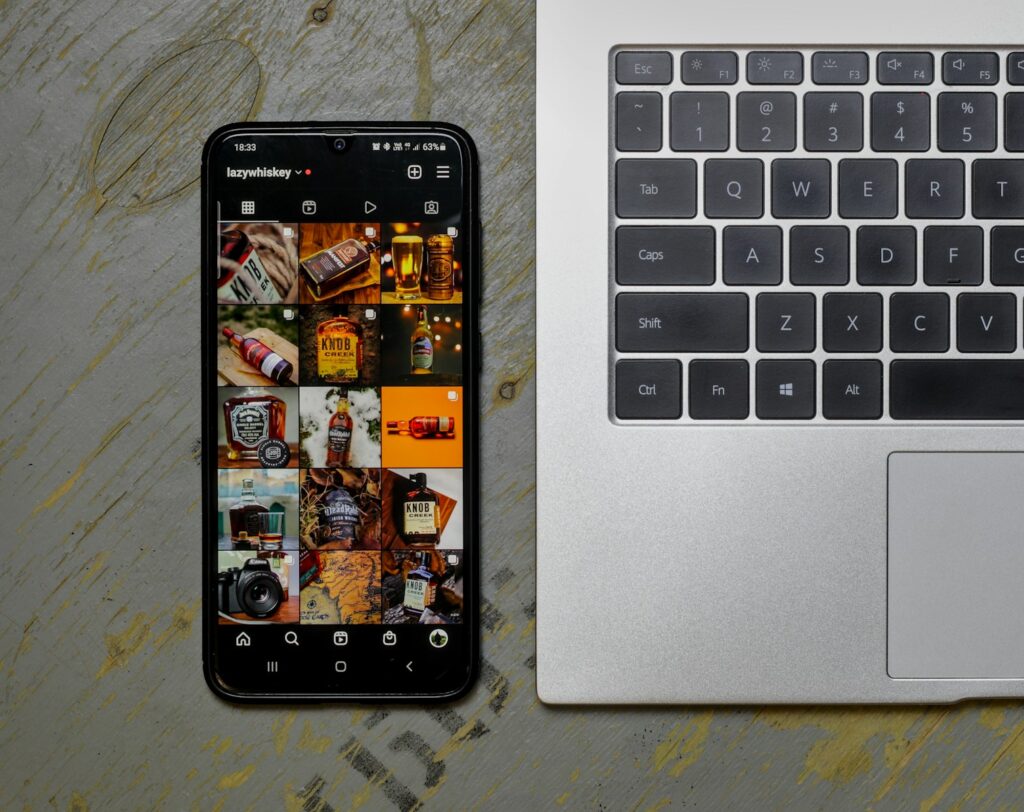
Photo by Zhivko Minkov on Unsplash
Tools for Finding Your Best Posting Times
While general guidelines provide helpful starting points, your audience’s unique behavior patterns matter most for social media success. Fortunately, robust analytics tools can reveal your specific optimal posting times through data rather than guesswork.
Sprout Social offers comprehensive audience insights, showing when your followers are most active across different platforms. Their reporting features break down engagement patterns by day of week and hour, helping you identify your audience’s specific preferences. The platform also provides competitive analysis to see how your timing compares to industry benchmarks.
Buffer provides detailed analytics on post performance relative to publishing times. Their free plan includes basic timing insights, while paid plans offer advanced features like optimal timing suggestions based on your historical data. Buffer’s interface makes it easy to spot patterns in your best-performing content. Analytics tools like Buffer can also generate suggested times for posting, using engagement data to recommend personalized, data-driven schedules for maximum interaction.
Hootsuite delivers in-depth audience analytics with customizable reports focusing on timing and engagement correlations. Their scheduling tools can automatically post at optimal times once you’ve identified your best windows. Maintaining a consistent posting cadence and monitoring your posting frequency with Hootsuite helps build audience expectations and can improve engagement results.
Native platform analytics also provide valuable timing data. Facebook Insights shows when your page followers are online, Instagram Insights reveals audience activity patterns, and LinkedIn Analytics displays when your connections are most active.
To interpret this data effectively, look for consistent patterns rather than isolated spikes. Export your data to spreadsheets for deeper analysis, comparing engagement rates across different times and days. Pay attention to your content type as well—educational posts might perform differently than entertainment content.
Most importantly, gather data consistently over several weeks before making timing decisions. Social media behavior can fluctuate based on seasons, holidays, and current events.
Content Strategy Rules
Strategic timing works best when combined with proven content frameworks that maximize engagement and build authentic audience relationships. These strategies are especially effective for brand accounts looking to optimize their social media presence. Three powerful strategies can transform your social media approach: the 4-1-1 Rule, the 30/60/10 Rule, and the 5-5-5 Strategy.
Analyzing the timing of posts published is crucial to identify patterns that drive engagement and help refine your content strategy.
The 4-1-1 Rule
This time-tested framework suggests sharing four pieces of relevant content from other sources, one piece of original educational content, and one piece of promotional content. The rule prevents your social media from becoming overly sales-focused while positioning you as a valuable resource.
Apply this rule by curating industry articles, sharing user-generated content, and highlighting other businesses in your network. Your educational content might include tips, tutorials, or insights from your expertise. Save promotional content for your best-performing time slots to maximize impact.
The 30/60/10 Rule
This strategy allocates your content across three categories: 30% original content showcasing your brand and expertise, 60% curated content that educates and entertains your audience, and 10% promotional content about your products or services.
The majority curated content keeps your feed fresh and valuable without requiring constant original creation. Source content from industry leaders, news publications, and complementary businesses. Original content should reflect your unique perspective and expertise, while promotional content should feel natural rather than pushy.
The 5-5-5 Strategy
This approach focuses on engagement depth: spend 5 minutes finding relevant hashtags, 5 minutes engaging with your community before posting, and 5 minutes responding to comments after publishing.
Pre-post engagement warms up your audience and can boost initial interaction rates. Respond to comments on recent posts, engage with followers' content, and participate in relevant conversations. This activity signals to algorithms that you're an active community member, potentially boosting your post's visibility.
These frameworks work because they prioritize value over promotion, building trust and engagement that translates to better performance regardless of posting times. Combine strategic timing with valuable content strategies for maximum social media success.

Photo by Nubelson Fernandes on Unsplash
The Worst Times to Post
Understanding when not to post can be just as valuable as knowing optimal posting times. Certain time slots consistently underperform across most industries and platforms, and recognizing these patterns helps you avoid wasted effort. These underperforming time slots are consistent across most social media platforms, making them important to avoid regardless of your channel.
Early morning hours (5-6 AM) generally show poor engagement across all platforms. While some users check social media immediately upon waking, most haven’t had their coffee yet and aren’t in an engaging mindset. The exception might be fitness or wellness brands targeting early risers.
Late evening (10 PM-midnight) sees declining engagement as users wind down for sleep. However, this varies significantly by age demographics—younger audiences often stay active later, while professional audiences typically disengage earlier in the evening.
Mid-afternoon Mondays (2-4 PM) often underperform as people are catching up from the weekend and focusing on work priorities. Monday morning posts can work for motivational content, but avoid the afternoon slump when people are overwhelmed with weekly planning.
Friday afternoons (3-6 PM) show decreased engagement as people mentally check out for the weekend. Save important announcements or educational content for earlier in the week when attention spans are longer.
Weekend posting varies dramatically by industry. B2B companies often see significant drops in weekend engagement, while consumer brands might find their best performance during weekend leisure hours.
Holiday periods require special consideration. Major holidays typically see decreased engagement as people spend time offline with family and friends. However, holiday-adjacent days might offer opportunities as people have more free time to browse social media.
Consider time zones carefully—posting during your local optimal hours might hit terrible timing for a significant portion of your audience if they’re spread across multiple regions. Use scheduling tools to ensure your content reaches different geographic segments at appropriate times.
The underlying principle is simple: avoid times when your audience is sleeping, intensely focused on work, or engaged in offline activities. These worst times exist because they conflict with natural human behavior patterns and social media consumption habits.
Finding The Best Time To Post on Social Media | How to Tailor Your Posting Schedule
Generic posting schedules provide helpful starting points, but your unique audience requires a customized approach. Successful social media strategy depends on understanding your specific followers’ behaviors, preferences, and online habits.
Start by analyzing your audience demographics within each platform’s native analytics. Age ranges significantly impact optimal posting times—younger audiences often engage later in the evening and on weekends, while older professional audiences prefer traditional business hours. Geographic distribution matters enormously if your followers span multiple time zones.
A/B testing provides the most reliable data for optimizing your posting schedule. Choose two similar pieces of content and post them at different time slots on the same day of the week. Testing different time slots can help maximize audience reach and achieve higher engagement by identifying when your audience is most active. Track engagement rates, reach, and meaningful interactions rather than just likes. Run these tests consistently over several weeks to identify patterns rather than anomalies.
Industry considerations also influence optimal timing. Healthcare professionals might engage differently than retail customers. Educational content might perform better during traditional learning hours, while entertainment content succeeds during leisure time. B2B audiences typically follow business schedules more closely than B2C audiences.
Seasonal adjustments ensure your timing stays relevant throughout the year. Summer schedules often shift toward evening and weekend engagement as people spend more time outdoors during traditional work hours. Holiday seasons, back-to-school periods, and industry-specific busy seasons all impact when your audience is most active online.
Review and analyze your past post performance quarterly. Export engagement data from your analytics tools and look for timing patterns in your best and worst performing content. Pay attention to content type as well—educational posts might have different optimal times than behind-the-scenes content. Adjusting your schedule based on this data can lead to more engagement over time.
Time zone management becomes critical for geographically distributed audiences. Consider your primary audience’s location for most posts, but occasionally schedule content to serve secondary markets. Tools like Buffer and Hootsuite can automatically optimize posting times for different geographic segments.
Remember that audience behavior evolves. What worked six months ago might not work today, especially as platforms update their algorithms and user habits shift. Regular analysis and adjustment keep your posting schedule aligned with current audience preferences.
Creating a Social Media Content Calendar
A well-structured social media content calendar is the backbone of an effective social media strategy. By planning and scheduling posts in advance, you ensure a consistent posting schedule across all your social media platforms, which is key to building trust and maintaining audience interest. A content calendar allows you to visualize your upcoming posts, spot content gaps, and align your messaging with important dates, industry trends, and current events.
When creating your calendar, consider your audience’s preferences and the optimal times for posting on each platform. Mix up your content types—blend promotional, educational, and engaging posts—to keep your feed fresh and appealing to a wider audience. Scheduling posts at optimal times not only maximizes engagement but also frees up time for you to focus on real-time interactions and content creation. With a robust content calendar, you can streamline your social media efforts, ensure regular posting, and reach your audience when they’re most receptive.
Measuring Success and Adjusting Strategies
Tracking the performance of your social media strategy is essential for ongoing improvement and business growth. Use analytics tools to monitor key engagement rates, such as likes, shares, comments, and click-throughs, as well as your overall reach and conversions. By analyzing these metrics, you can pinpoint peak times for engagement, identify which content types resonate most with your audience, and discover the most effective hashtags and posting times.
Set clear, measurable goals for your social media efforts—whether it’s boosting brand awareness, increasing website traffic, or generating leads. Regularly review your results and be prepared to adjust your posting schedule and content mix based on what the data reveals. Experiment with A/B testing different posting times and content formats to see what drives the highest engagement. By continually measuring your success and refining your approach, you’ll ensure your social media presence remains dynamic, relevant, and effective.
Common Mistakes to Avoid
When it comes to social media posting, avoiding common mistakes can make a significant difference in your results. One of the biggest pitfalls is posting at the wrong time, which can lead to low engagement and missed opportunities. Always consider your audience’s time zone and online habits when scheduling posts to ensure your content appears when they’re most active.
Another frequent mistake is inconsistent posting—either sharing too many posts in a short period or not posting regularly enough. Both can harm your audience’s interest and reduce your reach. Establish a consistent posting schedule and vary your content to keep your audience engaged without overwhelming them. Additionally, neglecting to track your metrics and adjust your strategy can result in stagnation and missed growth opportunities. Stay proactive by monitoring your analytics, scheduling posts at optimal times, and staying informed about the latest social media trends. By sidestepping these common errors, you’ll set your brand up for sustained social media success.
Additional Considerations
Successful social media timing extends beyond basic scheduling recommendations. Several external factors can dramatically impact your post performance, requiring flexibility and strategic thinking in your approach.
World events and breaking news create unpredictable shifts in social media behavior. During major news cycles, entertainment content often sees decreased engagement as users focus on current events. Conversely, uplifting or educational content might see increased engagement as people seek balance from heavy news coverage.
Algorithm updates frequently change platform priorities, affecting how timing impacts reach. Stay informed about platform announcements and monitor your analytics for sudden performance changes that might indicate algorithmic shifts. What works today might require adjustment tomorrow.
Social media management tools become essential for maintaining consistent optimal timing without manual posting. Platforms like Sprout Social, Buffer, and Hootsuite allow you to schedule posts across multiple platforms and time zones. These tools also help manage posting across multiple social platforms and social networks, making it easier to tailor your strategy for each channel. They also provide analytics to refine your timing strategy over time.
Email marketing compliance intersects with social media timing when you’re driving traffic between channels. The CAN-SPAM Act requires businesses to honor unsubscribe requests and avoid deceptive practices. When coordinating social media posts with email campaigns, ensure your timing doesn’t overwhelm your audience across multiple channels.
Holiday and event planning requires advance consideration of timing impacts. Major holidays often see decreased engagement, but holiday-adjacent periods might offer increased leisure browsing time. Industry-specific events can create opportunities or competition for attention.
Crisis communication demands immediate posting regardless of optimal timing. When addressing customer concerns or company issues, prioritize rapid response over perfect timing. However, follow-up posts and ongoing communication should return to strategic scheduling.
Content freshness varies by platform and affects timing strategy. Twitter (formerly Twitter) content has a much shorter lifespan than LinkedIn posts, requiring different frequency and timing approaches. Instagram content might stay relevant longer than Facebook posts. Certain content types, like diy projects on Pinterest, perform best when posted during peak engagement times, as users are actively searching for inspiration and ideas during these periods.
Consider your content mix when planning timing strategy. Time-sensitive announcements require immediate posting, while evergreen educational content can be scheduled for optimal engagement windows. Breaking this content into categories helps you balance immediate needs with strategic timing.
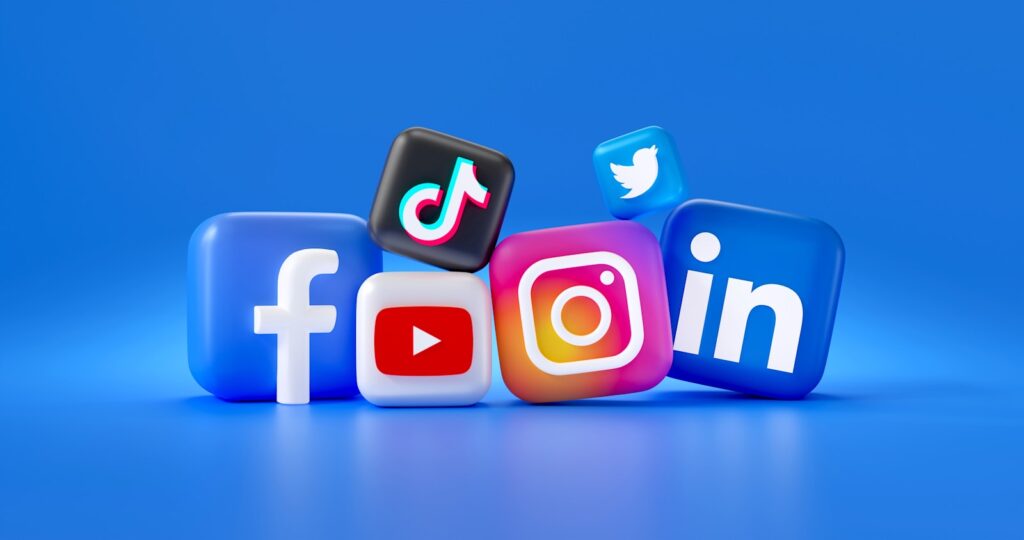
Photo by Mariia Shalabaieva on Unsplash
Ready to Optimize Your Social Media Success?
Strategic timing transforms good social media content into high-performing posts that genuinely connect with your audience. The data clearly shows that when you post matters just as much as what you post—sometimes more.
The general guidelines provide solid starting points: Facebook thrives during weekday lunch hours, Instagram succeeds throughout midday and weekend mornings, and LinkedIn performs best during mid-week business hours. However, your audience's unique behavior patterns matter most for driving real results.
Remember the content strategy frameworks that amplify good timing: the 4-1-1 rule keeps your feed valuable rather than promotional, the 30/60/10 rule balances original and curated content effectively, and the 5-5-5 strategy builds genuine community engagement. These approaches work synergistically with optimal posting times to maximize your social media impact.
Avoid the common pitfall of treating timing as a one-time decision. Your audience evolves, platforms update their algorithms, and external factors shift engagement patterns. Regular analysis and adjustment keep your strategy current and effective.
Most importantly, use data rather than assumptions to guide your timing decisions. Platform analytics, third-party tools, and systematic A/B testing reveal your audience's true preferences. This data-driven approach ensures your posting schedule serves your actual followers rather than generic best practices.
The effort invested in optimizing your posting schedule pays dividends through increased engagement, broader reach, and stronger audience relationships. Your content deserves to be seen by the people who will find it most valuable.
Ready to discover your optimal posting times and transform your social media performance? Schedule a comprehensive social media audit with our team. We'll analyze your current timing strategy, identify untapped opportunities, and create a customized posting schedule that aligns with your audience's behavior patterns and business goals.
Learn More: Best Times to Post on Social Media
Maximizing your reach on social platforms depends not only on what you post—but when you post it. Use the following expert-backed resources to discover optimal posting times for Facebook, Instagram, LinkedIn, TikTok, and more.
- Sprout Social – Best Times to Post on Social Media | One of the most comprehensive studies based on engagement data across multiple industries.
- Hootsuite – Best Time to Post on Every Social Media Platform | Includes platform-specific tips plus data-driven schedules for each.
- Later – Best Time to Post on Instagram | Specialized breakdown for Instagram Reels, Stories, and posts.
- HubSpot – Best Times to Post on Facebook, Instagram, LinkedIn & More | Highlights trends for B2B vs B2C audiences.
- Buffer – The Science of Social Media | Original research on peak traffic hours and social behavior.
- SocialPilot – Best Times to Post on Social Media | Includes helpful charts and timing strategies by time zone.
- CoSchedule – Best Times to Post on Social Media | Pulls data from 30+ studies to give an aggregate overview.
- Later – Best Time to Post on TikTok | Breaks down TikTok-specific engagement times by global regions.
- Influencer Marketing Hub – Best Time to Post on LinkedIn | LinkedIn strategies tailored for professional engagement.
- ContentStudio – Social Media Posting Times: A Complete Guide | Combines global data and tool-based insights to customize timing for your brand.



